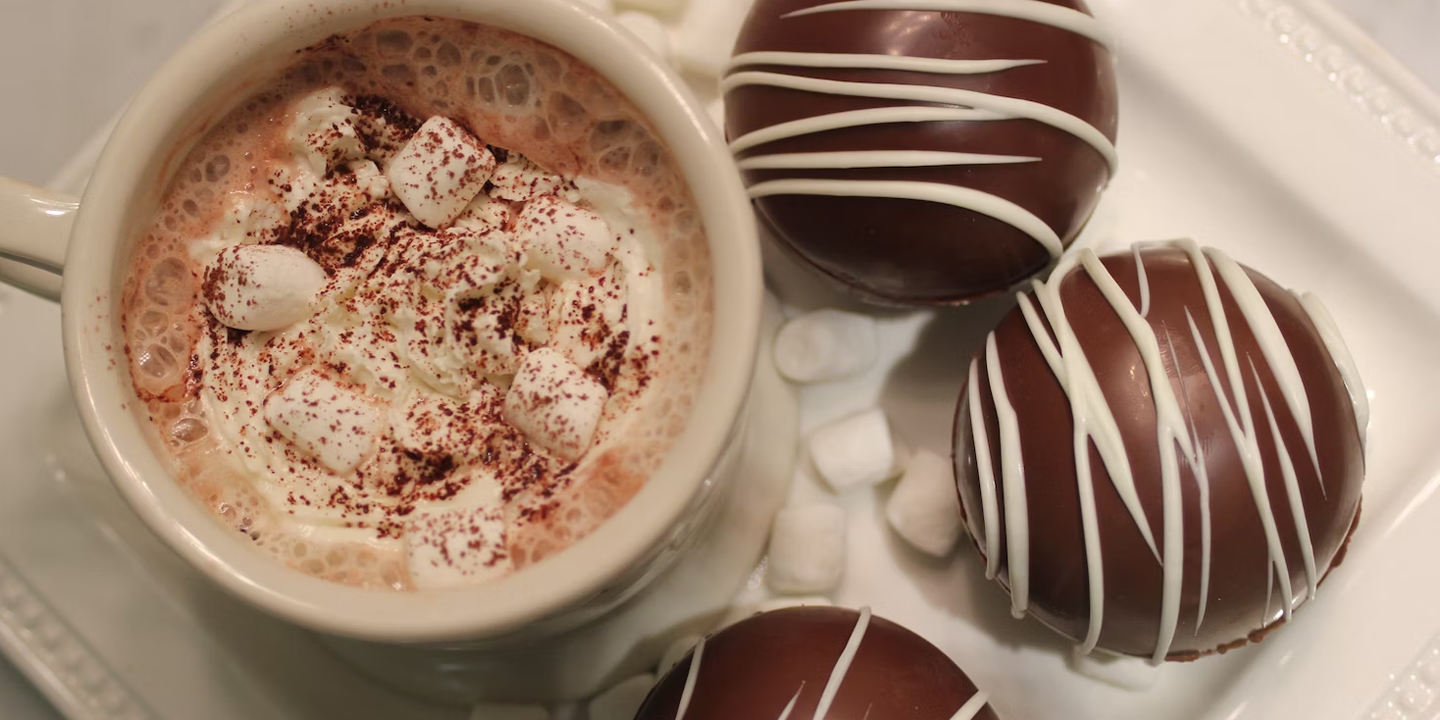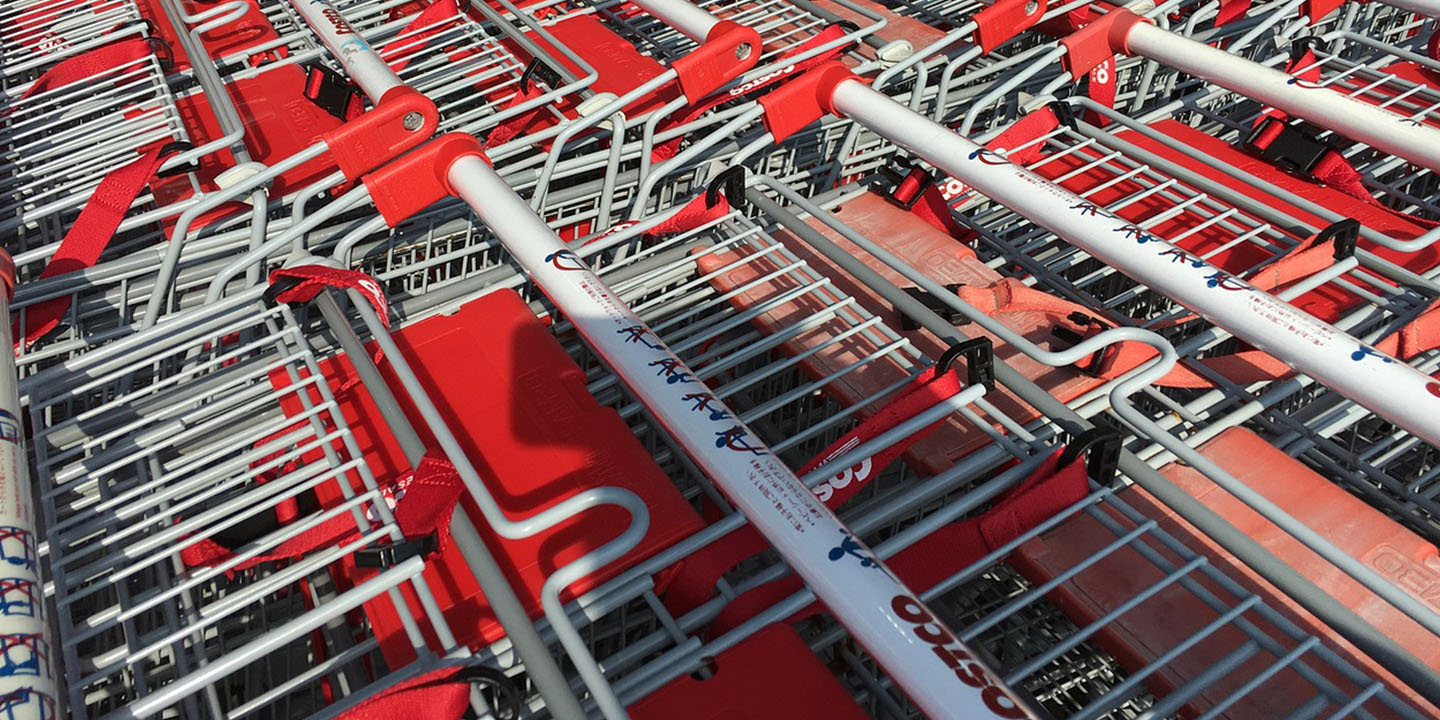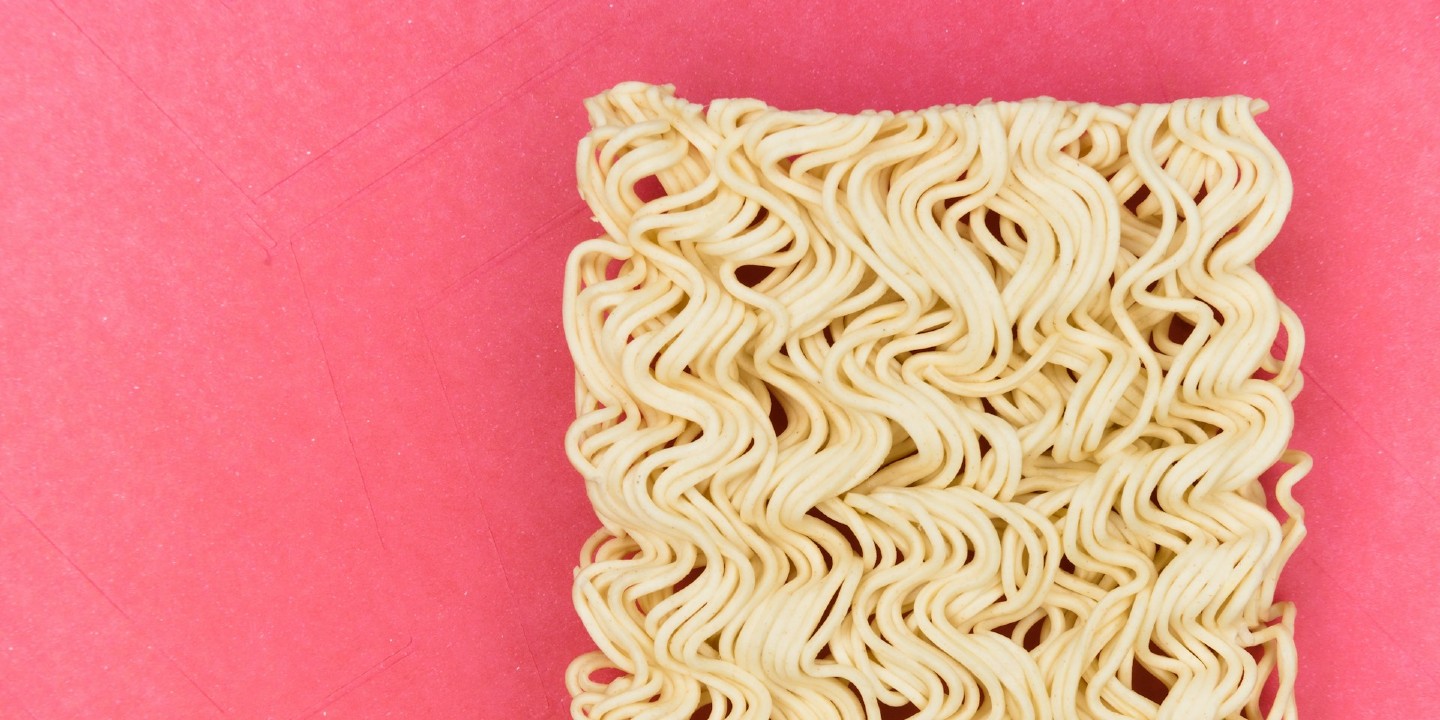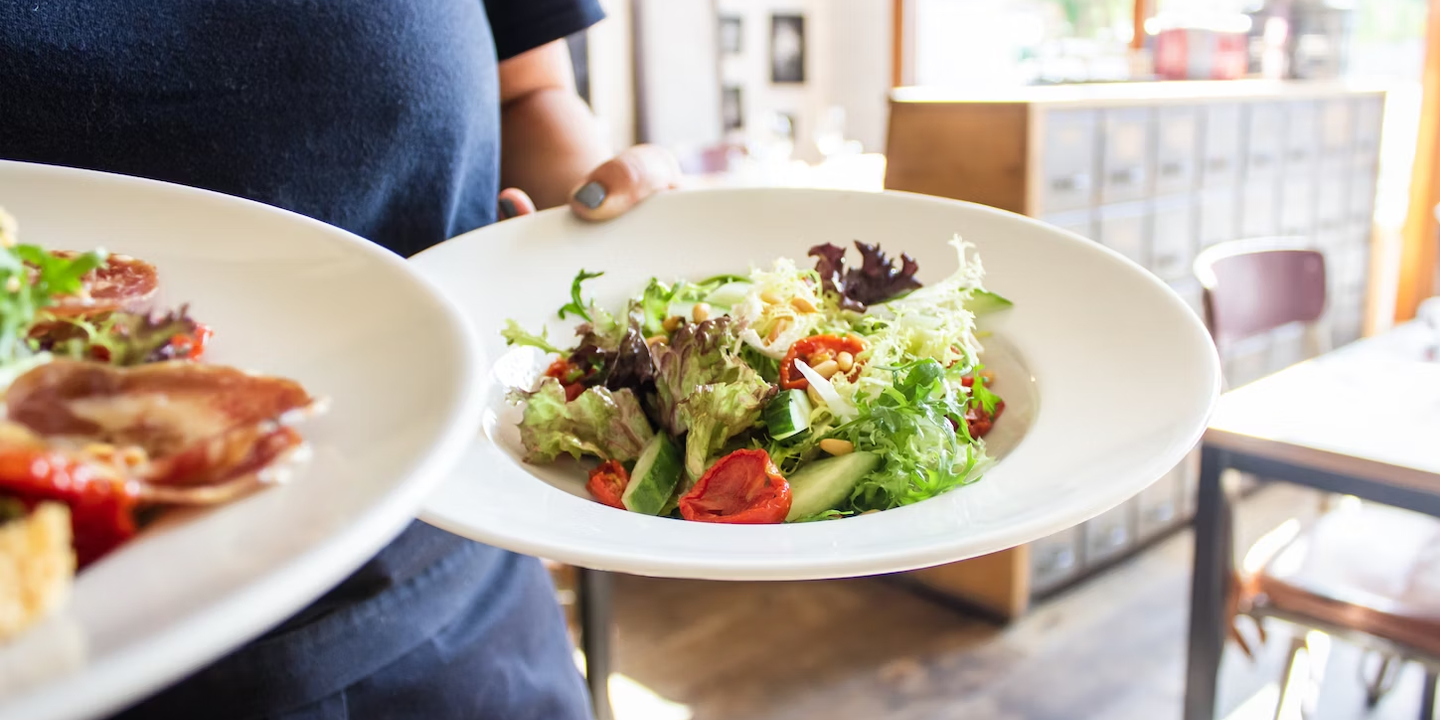10 Fruits That Can Raise Blood Sugar Levels & 10 That Are Safe To Eat
Fruit To Watch Out For
There's something about fruit that makes it feel like a safe bet. Sweet, natural and seemingly healthy, right? But even nature can't always be trusted. Some fruits are simply better at keeping your blood sugar in check than others and it's vital that you know the difference. We'll get to the reliable picks in a bit, but first, a closer look at the risky ones.
1. Bananas
Scarfing down a banana before the gym sounds great, but that energy spike comes from glucose. One medium banana packs around 14 grams of sugar and a glycemic index of around 62. Ripe ones are even worse for steady blood sugar.
2. Grapes
As tiny and juicy as grapes are, they're not harmless. A single cup has about 23 grams of natural sugar, and it goes straight into your bloodstream. Red or green, it doesn't matter. They don’t provide the stabilizing effect that fibrous fruits offer.
 Nataliya Melnychuk on Unsplash
Nataliya Melnychuk on Unsplash
3. Mangoes
Roughly 23 grams of sugar are found in one cup of sliced mango. They're rich in vitamin C, yes, but their high fructose content means they can spike glucose levels fast, especially in large portions. Mangoes may taste like summer, but watch your consumption.
4. Pineapples
Fresh or canned, pineapple is a rapid-release fruit that needs mindful portions. Here's the twist: pineapples carry bromelain, an enzyme that supports digestion but that doesn't offset the sugar. Its single cup of chunks brings about 16 grams of sugar with a near-66 GI score.
5. Cherries
You're wrong if you think cherries are a low-sugar snack. One cup delivers up to 18 grams of sugar, and since they're easy to pop like candy, overdoing it is dangerously simple. They've got antioxidants, sure, but moderation is the best way to go.
6. Watermelons
Watermelon seems like a guilt-free summer treat with low-calorie, high-water, right? That is true, but it has a GI score close to 80, which means that sugar enters your bloodstream fast. Even though it only has approximately 9 grams of sugar per cup, it acts like more.
7. Figs
Back in ancient times, figs were considered sacred food. Today, recognize that figs can pose a sugar risk if consumed in excess. Carbs and natural sweetness make them risky. One medium fig has around 8 grams of sugar. Dried figs are even worse.
8. Dates
Ever wonder why dates are considered energy bar royalty? It’s because they’re packed with sugar—about 16 grams in just one Medjool date. While the high fiber content offers some balance, they’re better suited for athletes mid-race than for those trying to stabilize blood sugar.
9. Lychees
Lychees are exotic and taste like candy, which makes sense given that just ten of them contain around 29 grams of sugar. With low fiber and a quick sweetness surge, their high glycemic load makes them less than ideal for keeping blood sugar stable.
10. Papayas
While packed with vitamin C and digestive enzymes, papaya can cause a glucose rise if eaten in large servings. They may seem light and tropical, but one cup carries around 11 grams of sugar and has a moderate glycemic index.
Not all fruit is out to get you. Some are surprisingly kind to your blood sugar. They're delicious and won't mess with your numbers. Let's flip this script and meet the ones that play nice.
1. Avocados
We can see why some might hesitate to call an avocado a fruit—it’s the rebel of the fruit world, low in carbs and packed with heart-healthy fats. What’s most interesting is that it’s almost sugar-free, with half an avocado containing less than 1 gram of sugar.
2. Berries
Berries bring balance. Strawberries and raspberries each pack fiber, antioxidants, and just 5 to 8 grams of sugar per cup. Their low glycemic load means they won't sabotage your glucose. As a bonus, these fruits also help fight inflammation.
3. Apples
Crunch into an apple, and you're biting into a perfect blood sugar buffer. The pectin-rich skin and fiber help slow glucose absorption. About 20 grams of sugar lie in a medium apple, but it's low-GI when eaten whole, not juiced. Pair it with protein, and it's even better.
4. Pears
The glycemic load of pear is low, especially with the skin on. One medium pear brings around 17 grams of sugar, but fiber makes it work for you. With them, you can enjoy sweetness without the crash. Plus, it keeps digestion steady.
5. Kiwis
One fruit can give you about 70–200% of your daily vitamin C and only 6 grams of sugar. They're sweet enough to feel indulgent but balanced enough to keep control. These bright green, tangy fruits are blood sugar-safe thanks to their low glycemic index.
6. Plums
Fresh plums are the better choice over dried ones. They support gut health, which directly benefits insulin function. Each plum contains roughly 7 grams of sugar, and its soluble fiber helps prevent blood sugar spikes.
7. Oranges
Whole oranges offer vitamin C and approximately 12 grams of sugar. Their fiber helps to slow down sugar absorption slightly, especially when eaten with the pith and membranes. The vitamin C boost is a bonus, and it's hydrating without spiking your system.
8. Peaches
A ripe peach can feel like a relief when you're stressed, but the sugar rush is not out to get you. Peaches contain about 13 grams of sugar per fruit. Still, their high water content and fiber soften the effect.
9. Grapefruits
Grapefruits offer roughly 8 grams of sugar per half, but their low glycemic index makes them a solid choice for blood sugar balance. Some studies even suggest grapefruit may help improve insulin sensitivity, making it a smart option for those watching their sugar levels.
10. Lemons
Besides being great as garnish, lemons also support blood sugar health every day. Practically sugar-free with under 2 grams per fruit, lemons also contain soluble fiber and plant compounds that improve insulin response. They can be taken in water or with meals.



























